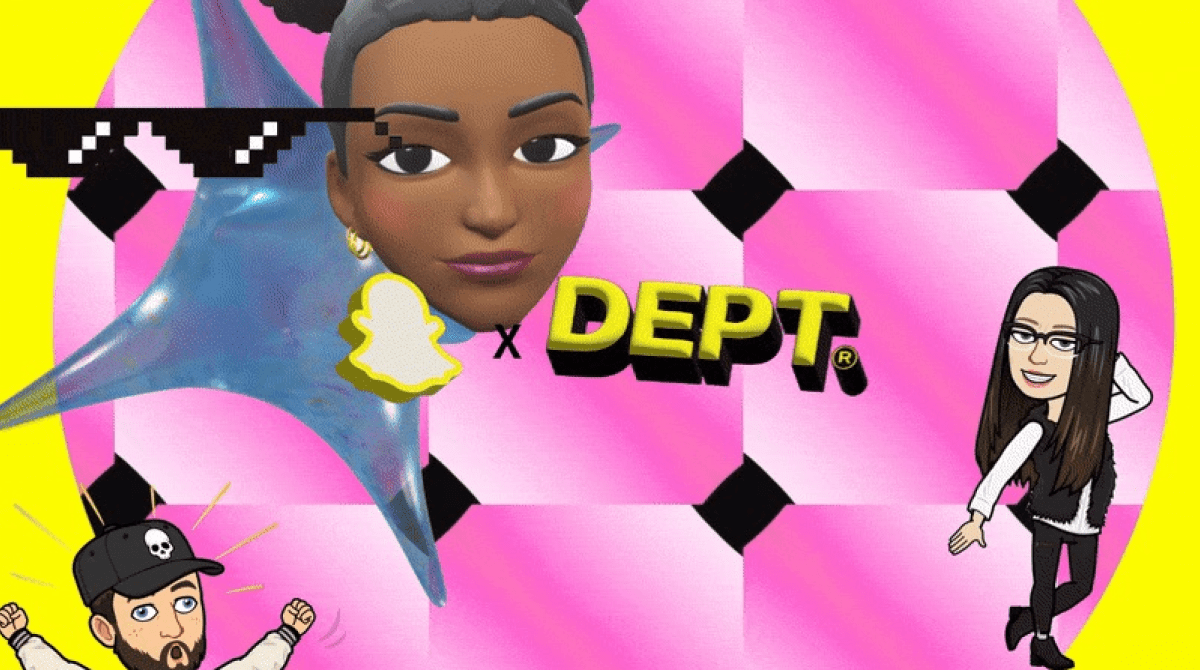Why design systems fail, and how to make yours a success


Born from the need to rapidly evolve interfaces between screen surfaces, modern UX/UI has been catapulted into a full-fledged industry. Today, UX/UI touches every product–from e-commerce and marketplaces to activity tracking and fintech.
As these digital experiences have evolved, the ecosystems they live in got bigger and more complex, with multiple teams all contributing to digital products.
To solve these complex ecosystems, design systems were born.
A design system is a “collection of reusable functional elements–components and patterns–guided by clear standards that product teams use to create a consistent experience across a range of products.”
Design systems are the answer to problems of scale, consistency, and speed to market.
Today, we’ve reached a certain point of maturation in modern UI design. There’s a degree of commonality – a level of universally-ingrained patterns and interaction models in which we’re all familiar.
Design systems as a practice have helped to operationalize, optimize, and create tools for building products. According to a 2021 study by SparkBox, 46% of product organizations surveyed have a team specifically dedicated to progressing their design system efforts.
The most important output of systems is rarely the design itself. Rather, it’s about bridging the gap around design intent.
Why design systems fail
While design systems are a fantastic tool, they often fall short of their potential.
To understand why we need to start with where the system lives.
If it lives under your product engineering organization, it’s likely a developer experience tool, making it easier for them to build and deploy UI and creative components.
If it lives under brand or marketing, it’s often a creative productivity tool, ensuring consistent brand expression and execution across teams, channels, or touchpoints.
This is where design systems fail.
When you focus on one team to the detriment of others, design systems fail to reach their potential. In fact, this is evidenced in the challenges many organizations have with their systems.
The most important output of systems is rarely the design itself. Rather, it’s about bridging the gap around design intent. That’s the value of using systems as a tool for business alignment.
Here’s how to create a design system that aligns teams, improves efficiency and keeps everyone up-to-date.
Design systems should help teams communicate
As systems in large organizations reach a certain point, the challenge is no longer about building the pattern library or designing buttons or boxes— it’s about communication.
Communicating between teams, especially engineering and design, requires a shared vocabulary, vernacular, and expressions of intent.
This ensures that you spend more time on actual co-creation, and less time trying to understand what each other means.
In the same SparkBox 2021 survey, the top challenges companies cited were
1. Contribution
2. Adoption
3. Governance
This is where documentation and guidelines come in. There’s nothing short of a cottage industry around tools that automate system documentation so you can pull them from native tools such as Figma, and into specialized platforms – like Adobe XD and Storybook.
We work with our clients to use their existing tools and build out department-agnostic documentation that organizes elements and components based on mental models familiar to the entire organization, starting from broad principles down to detailed specifications.
This effort gets teams on the same page.
How to govern & adopt a system
To adopt a design system is not just a commitment of intent and investment of resources, but a commitment by stakeholders across the organization to participate and contribute to the evolution and maintenance of the system.
When it comes to creating rules around contribution and decision-making, governance comes in.
Who decides what changes are made, who influences the roadmap and features, who makes the decisions?
We believe in committee-based governance, where decisions are centralized within a small group, but one that represents multiple functions. That might be design, engineering, and product.
You shouldn’t stop at building components and pattern libraries.
We believe a core part of system creation deals with defining a governance model–how stakeholders work together to prioritize work and make the right decisions so they can scale their operations to meet their goals. This usually takes the form of roles & responsibilities documentation, feature prioritization and backlog frameworks, and defining a contribution process.
There is also the challenge of system adoption.
In 2021, adoption was reported to be the #1 priority for design systems teams at organizations of all sizes and industries.
How are you socializing the system? How do you identify ambassadors to work with project teams? Does your product and marketing community know about the latest updates and release notes for your system?
We help our clients write and/or kickstart these artifacts, in addition to producing content such as video tutorials and AMAs to help support building out your knowledge library.

Setting design system goals & metrics
Setting design system goals can be one of the most elusive tasks for teams to undertake.
What’s the right attitude to think about, what are the right metrics, quantitative or qualitative? At a business level, you can argue that system goals must be aligned with product goals. That might include conversion rates, usability scores, cart abandonment, and so on.
However, consider looking at it from an organizational standpoint.
- Time saved for designers and developers
- System adoption rates within the organization
- The volume of conversation and keywords you pick up in your internal communities
- User satisfaction
- The volume of resolutions solved across department lines
These metrics point to how your business has adjusted to best leverage your system.
The opportunity for design systems
Future design systems teams – if they even call them that – will be even more multi-disciplinary.
They won’t just be about digital product designers and developers, they’ll be about marketers, org designers, industrial designers, legal specialists, and a much, much, wider field of technologists.
We feel the new practices and norms that evolve from these sectors will in turn influence existing, established design systems in how they operate.
Investing in design systems practices is not only a design endeavor or product endeavor, but is a business transformation initiative that touches many aspects of your organization – from leadership to communication to employee engagement and operations.
The opportunity cost of not treating it as such is the loss of design intent, and therefore the increased risk of losing business alignment. Thinking and planning for alignment through organizational principles like communication, as well as shared mission and goals, will help companies succeed.
More Insights?
View all InsightsQuestions?
Executive Director



